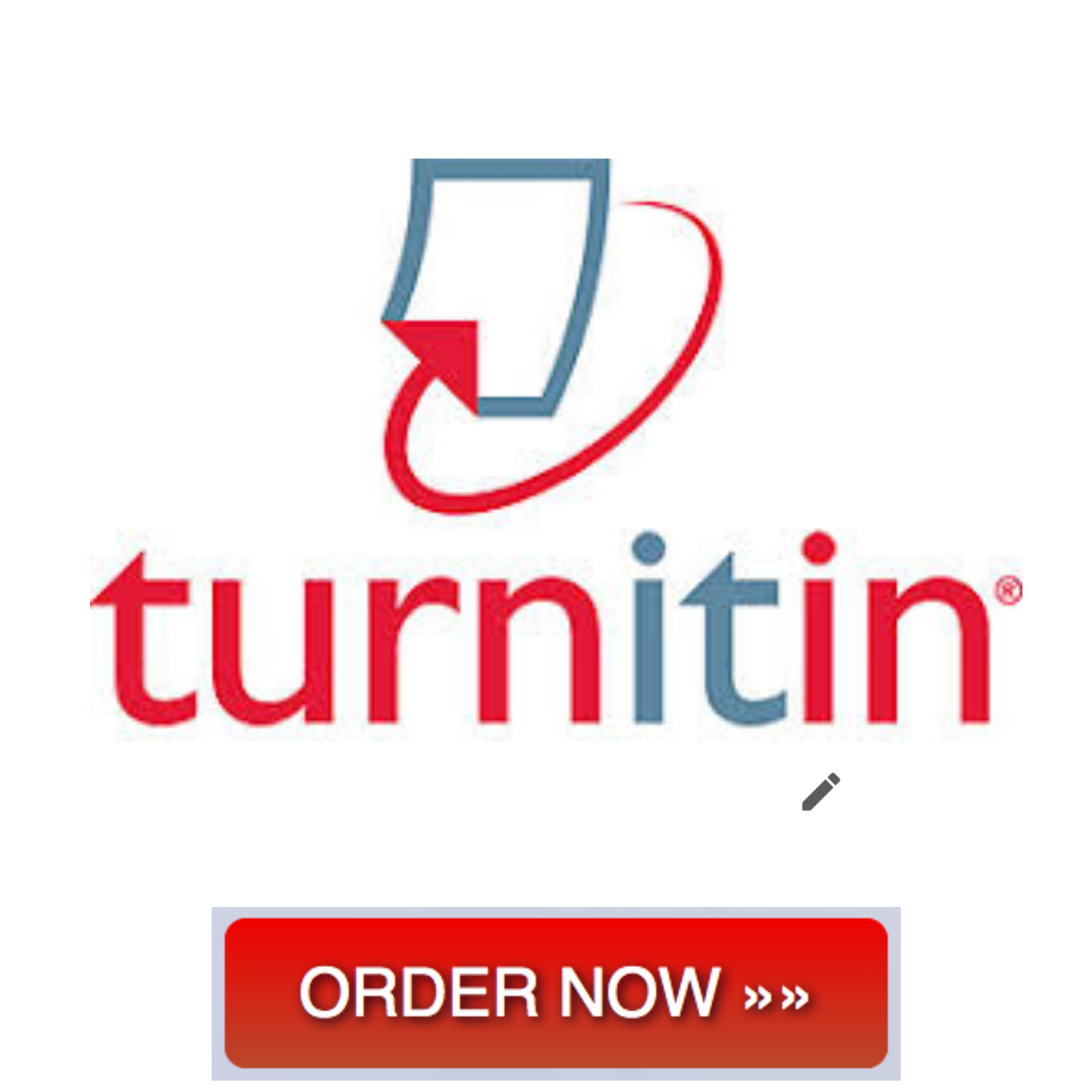In order to effectively manage their own health, individuals need to have competencies in two areas—basic literacy and basic health literacy. What is the difference? Basic literacy refers to the ability to read, even simple language. Health literacy is defined as, “the degree to which individuals have the capacity to obtain, process, and understand basic health information and services needed to make appropriate health decisions” (National Coalition for Literacy, 2009). Unfortunately, according to a Department of Education report on health literacy, only 12% of adults aged 16 and older are considered to have a proficient level of health literacy (U.S. Department of Education, 2006). Acquiring health literacy skills has become more complicated with the explosion of online health information, some credible and some misleading.
In this Discussion, you focus on how to help individuals find credible information on the Internet and develop strategies nurses can use to increase the health literacy of their patients.
To prepare:
- Think about the nurse’s role in improving the health literacy of patients.
- Consider the many ways patients access health information, including blogs, social media, patient portals, websites, etc.
- Reflect on experiences you have had with patients who self-diagnose using online medical sources.
- Using the Internet, the Walden Library, or other trustworthy sources, identify a resource that you could introduce to patients to help them evaluate the credibility of health information found online.
- What are some strategies you could employ to improve the health literacy of patients?
Post on or before Day 3 your assessment of the nurse’s role in improving the health literacy of patients. Then, identify the resource you would recommend to patients for evaluating online health information and why it would be beneficial. Describe additional strategies for assisting patients in becoming informed consumers of online health information.
Readings
- McGonigle, D., & Mastrian, K. G. (2012). Nursing informatics and the foundation of knowledge (Laureate Education, Inc., custom ed.). Burlington, MA: Jones and Bartlett Learning.
- Chapter 20, “Supporting Consumer Information and Education Needs”
This chapter explores health literacy and e-health. The chapter examines a multitude of technology-based approaches to consumer health education.
- Chapter 21, “Using Informatics to Promote Community/Population Health”
In this chapter, the authors supply an overview of community and population health informatics. The authors explore a variety of informatics tools used to promote community and population health.
- Chapter 22, “Informatics Tools to Promote Patient Safety”
The authors of this chapter present strategies for developing a culture of safety using informatics tools. In addition, the chapter analyzes how human factors contribute to errors.
- Chapter 20, “Supporting Consumer Information and Education Needs”
- Health literacy: How do your patients rate? (2011). Urology Times, 39(9), 32.
Retrieved from the Walden Library databases.
The authors of this article define health literacy and emphasize its poor rates in the United States. Additionally, the authors recommend numerous websites that offer patient education materials.
- Huff, C. (2011). Does your patient really understand? H&HN, 85(10), 34.
Retrieved from the Walden Library databases.
This article defines hospital literacy and highlights the barriers that prevent it from increasing. It also emphasizes the difficulties created by language and financial costs.
- The Harvard School of Public Health. (2010). Health literacy studies. Retrieved from http://www.hsph.harvard.edu/healthliteracy
This website provides information and resources related to health literacy. The site details the field of health literacy and also includes research findings, policy reports and initiatives, and practice strategies and tools.
- Office of Disease Prevention and Health Promotion (n.d.). Health literacy online. Retrieved June 19, 2012, from http://www.health.gov/healthliteracyonline/ This webpage supplies a guide to writing and designing health websites aimed at increasing health literacy. The guide presents six strategies that should be used when developing health websites.
- U.S. Department of Health and Human Services. (n.d.a). Quick guide to health literacy. Retrieved June 19, 2012, from http://www.health.gov/communication/literacy/quickguide/Quickguide.pdf
This article contains an overview of key health literacy concepts and techniques for improving health literacy. The article also includes examples of health literacy best practices and suggestions for improving health literacy.
Media
- Agency for Healthcare Research and Quality (Executive Producer). (2012a). Interview with Rachelle Toman, M.D. Ph.D. Rockville, MD: Author. Retrieved from http://www.ahrq.gov/legacy/questions/video/06clinician/ In this interview, Dr. Toman discusses the importance of asking patients questions to ensure they have been able to sufficiently communicate their concerns.
- Agency for Healthcare Research and Quality (Executive Producer). (2012b). The waiting room video. Rockville, MD: Author. Retrieved from http://www.ahrq.gov/patients-consumers/patient-involvement/ask-your-doctor/videos/waitroom/index.html This video addresses the importance of communication in the patient-health care professional relationship. It highlights the need to ask meaningful questions to the patient to fully understand issues and concerns.
Is this your assignment or some part of it?
We can do it for you! Click to Order!








